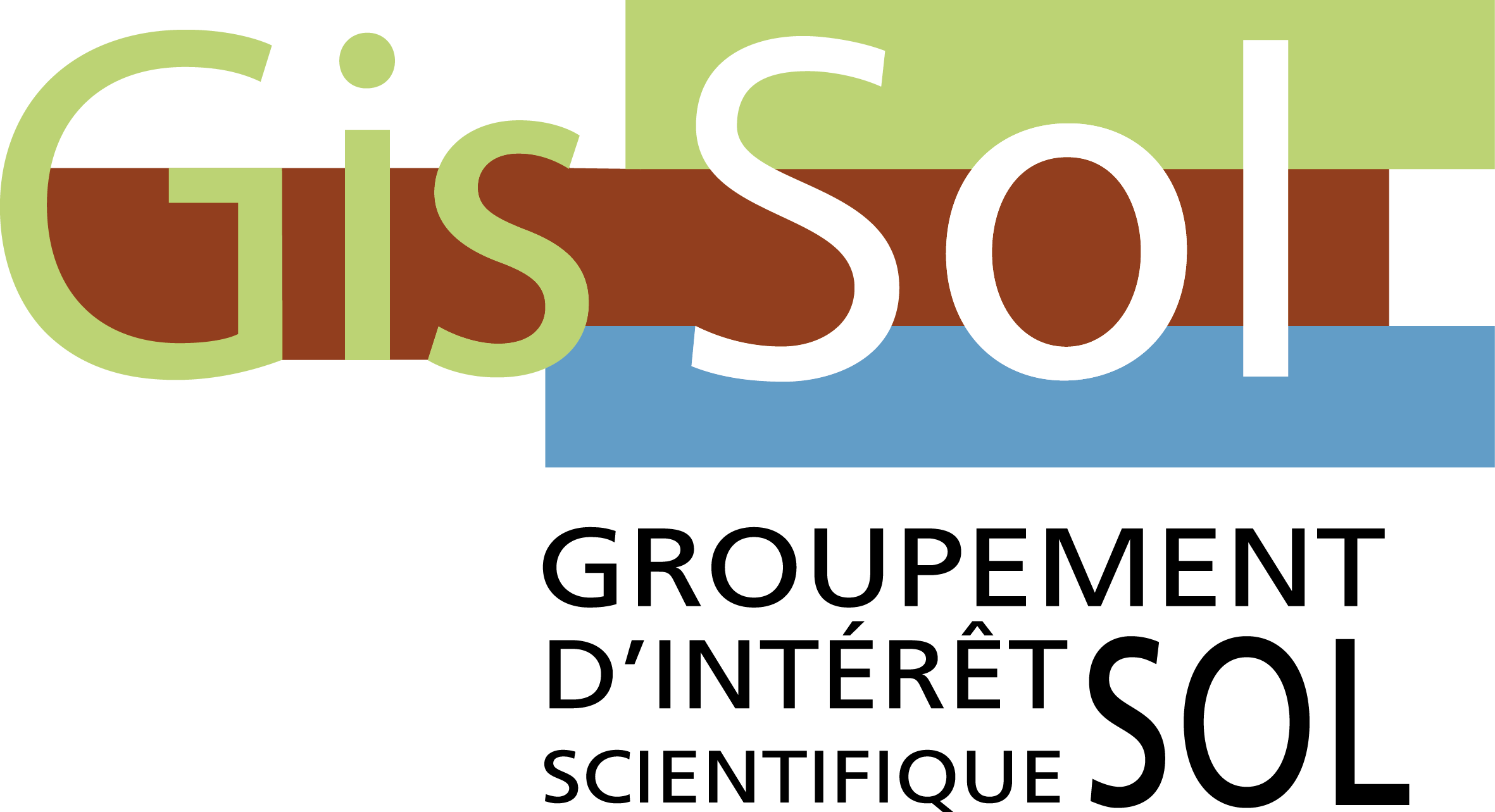Relevance of the organic carbon to clay ratio as a national soil health indicator
Résumé
The soil organic carbon (SOC) to clay-sized particles ratio (SOC/clay) has recently been selected as an indicator of the soil organic matter status in managed mineral soils within the framework of the European Soil Monitoring Law proposal. This indicator was initially developed to predict soil structural quality in a local study in Switzerland and was subsequently tested at national scales in England and Wales, and in Germany. In this study, we evaluated if the SOC/clay ratio was relevant to assess the structural quality of soils at the national scale in mainland France. We additionally evaluated its variant, SOC/(silt < 20 µm + clay). We confronted SOC/clay and SOC/(silt < 20 µm + clay) to two indicators of soil structure, the soil bulk density and aggregate stability, and we tested the effect of land use and soil type using information from the French Soil Quality Monitoring Network (RMQS). We showed that the SOC/clay and SOC/(silt < 20 µm + clay) were poor indicators of the soil bulk density and aggregate stability. In our analysis, the SOC content was the best indicator of soil structure. Both land use and soil type had an effect on the SOC/clay value. SOC/clay was found to be strongly affected by soil pH with acidic soils consistently being classified as healthy according to the threshold of 1/13 and alkaline soils often being classified as unhealthy. The domain of applicability of SOC/clay excludes soils involving other SOC stabilization mechanisms than associations with the clay fraction and climate is not taken into account. Based on the RMQS dataset, 63 % of cropland, 81 % of permanent crop and 23 % of grassland soils were below the SOC/clay threshold of 1/13, which would classify them as unhealthy according to the European Soil Monitoring Law. We questioned the relevance of the SOC/clay ratio and its proposed threshold of 1/13 as a soil structure indicator, and more broadly as an indicator of the SOC status of healthy soils for all European pedoclimatic contexts. The Soil Monitoring Law leaves the possibility of using correction factors for specific soil types or climatic conditions, which appears necessary for France, because some pedoclimatic contexts will never allow a satisfactory value to be reached.
Domaines
Science des sols| Origine | Fichiers éditeurs autorisés sur une archive ouverte |
|---|---|
| licence |




